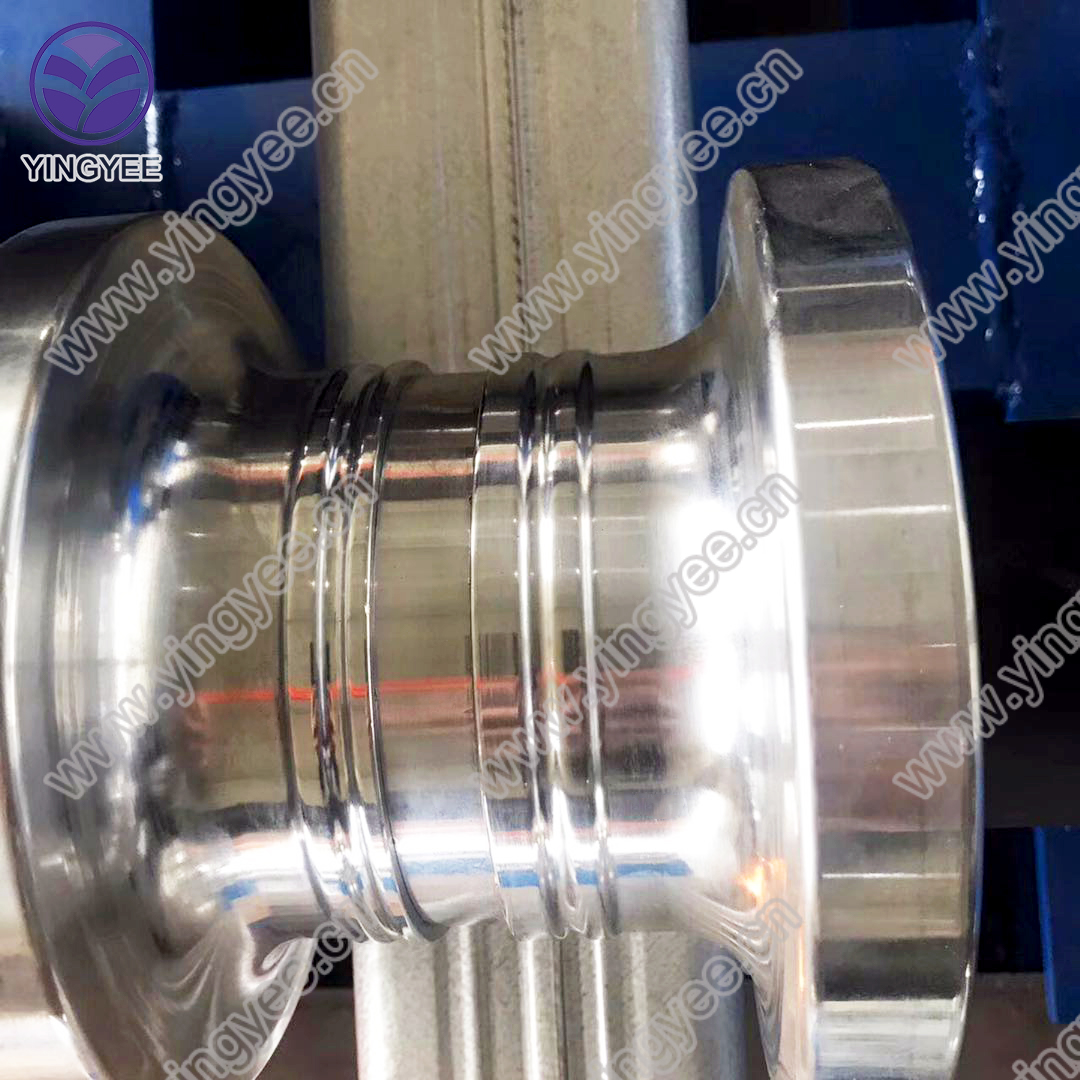
The Importance of Storage Upright Rack Forming Machines in Modern Warehousing
In the rapidly evolving world of logistics and warehousing, efficiency and space optimization have become paramount. One of the pivotal tools in achieving these goals is the storage upright rack forming machine. These machines revolutionize the way warehouses are structured, allowing businesses to maximize space while ensuring the safety and accessibility of their stored goods.
Understanding Storage Upright Racks
Storage upright racks are essential components of any warehousing system. They are designed to hold various types of goods, from pallets of food products to boxes of electronics. The primary function of these racks is to create vertical storage space, which helps in reducing the floor area required for storage.
The frames of these racks are typically constructed from steel or other durable materials to support heavy loads. Their upright design also allows for the convenience of accessing inventory, making it easier for workers to pick and restock items. However, the effectiveness of these racks hinges heavily on how they are manufactured, which is where storage upright rack forming machines come into play.
The Role of Storage Upright Rack Forming Machines
Storage upright rack forming machines are specialized industrial tools designed to create the steel framework used in upright racks. These machines employ advanced techniques such as cold forming, welding, and automated cutting to produce high-quality rack components. The precision and efficiency with which these machines operate significantly impact the overall quality of storage racks.
One of the significant advantages of utilizing a rack forming machine is the rapid production speed. In a market where rapid inventory turnover is essential, being able to produce racks quickly ensures that warehouses can scale up their operations as required. Furthermore, these machines can often produce customized frames tailored to specific storage needs, allowing businesses to optimize their warehousing solutions further.
Key Features of Storage Upright Rack Forming Machines
1. Automation Modern forming machines often incorporate automated systems, including automated feeders and robots for welding and assembling. This not only speeds up production but also minimizes human error, ensuring consistent quality.

2. Precision Engineering The machines use advanced technology to ensure that every component is produced to precise specifications. This accuracy is critical for ensuring that the racks are safe and capable of supporting the intended loads.
3. Versatility Many machines are designed to cater to various rack sizes and styles. This versatility allows manufacturers to meet diverse customer needs and adapt to changing market demands.
4. Energy Efficiency With an increasing focus on sustainability, many modern forming machines use less energy and produce less waste, aligning with eco-friendly manufacturing practices.
Benefits to the Warehouse Industry
Utilizing storage upright rack forming machines brings numerous benefits to the warehouse industry. Firstly, they facilitate increased storage capacity. By enabling the creation of taller racks, warehouses can take full advantage of their vertical space, significantly increasing overall storage capabilities.
Secondly, the durability of racks produced from forming machines ensures that they can withstand the rigors of daily use in busy warehouses. Properly manufactured racks reduce the risk of accidents and inventory damage, contributing to a safer working environment.
Lastly, the cost-effectiveness of producing racks in-house with forming machines allows businesses to save on procurement costs. By streamlining the manufacturing process, companies can allocate their resources more effectively, investing in other areas of their operations.
Conclusion
In conclusion, the storage upright rack forming machine plays a crucial role in modern warehousing operations. As businesses continue to prioritize efficiency and space optimization, these machines will undoubtedly remain a cornerstone of the logistics and storage industry. By leveraging advanced manufacturing technologies, companies can ensure they meet the demands of a dynamic market while maintaining safety and reducing costs. With the right equipment in place, warehouses can look forward to a future characterized by increased productivity and enhanced operational capabilities.